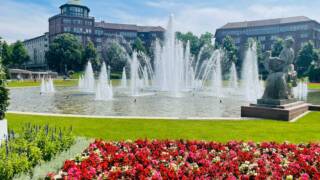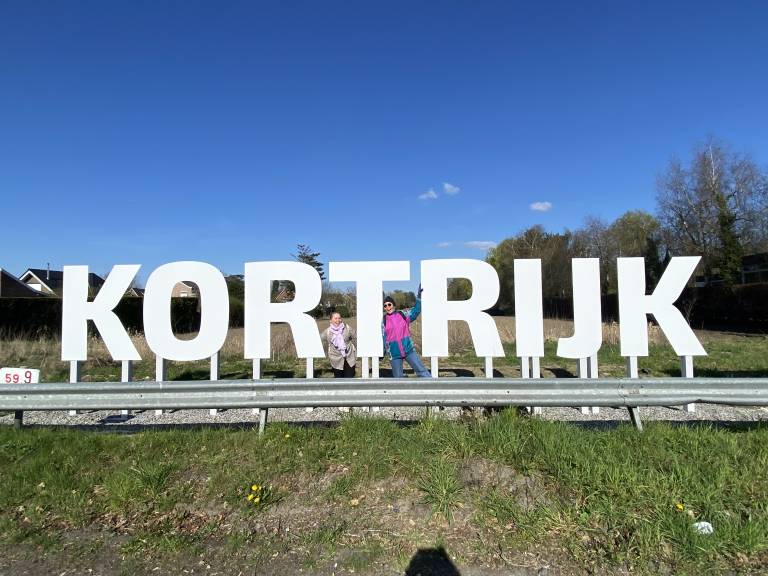Introduction
Studying abroad is an adventure that broadens horizons and offers invaluable life experiences. As an exchange student from Finland currently studying in Germany, I have been immersed in a new academic culture and enriching leisure activities. In this post, I will share insights into my studies in Germany, how I spend my spare time, and a comparison of the academic cultures between Germany and Finland.
Studies in Deutschland
My academic journey in Germany has been both challenging and rewarding. The courses are rigorous and demand a high level of self-discipline and independence. I am studying in a diverse environment where students from all over the world bring different perspectives and ideas. This multicultural setting has enhanced my learning experience, pushing me to think critically and adapt quickly.
Spare Time in Deutschland
Besides studies, Germany offers different activities to enjoy. From exploring historical sites and museums to enjoying the vibrant nightlife, there is never a dull moment. I have made it a point to visit famous landmarks like the Brandenburg Gate and the Schloss Mannheim, which have deepened my appreciation for German history and culture.


I also love spending my weekends in nature, hiking in the Black Forest or cycling along the Rhine River. These activities not only help me unwind but also connect me with the beautiful German landscape. The local festivals, such as Show Abend, have been a highlight, offering a unique glimpse into German traditions and a chance to socialize with locals and fellow students.


Comparing Academic Cultures: Germany vs. Finland
The academic culture in Germany differs significantly from that in Finland. One of the most notable differences is the structure of the courses. German universities often have a more formal and traditional approach, with a clear hierarchy between professors and students. In contrast, Finnish universities promote a more relaxed and egalitarian atmosphere, where students and professors interact on a first-name basis.
Another difference is the emphasis on practical training in Germany. While Finnish education also values practical experience, it tends to focus more on theoretical foundations and research. German students are encouraged to gain work experience alongside their studies by having industrial tours, which I believe provides a well-rounded education and better prepares students for the job market.
Finally, the examination systems in the two countries vary. In Germany, exams are typically more frequent and cover larger amounts of material, requiring consistent study habits and time management. Finnish exams, while still challenging, often emphasize critical thinking and problem-solving over memorization.

Conclusion
My time as an exchange student in Germany has been a transformative experience. The combination of rigorous academic training, practical experience, and vibrant cultural activities has enriched my life in ways I never imagined. Comparing the educational systems of Germany and Finland has also given me a deeper understanding of the strengths and unique aspects of each. I am grateful for this opportunity and look forward to bringing these experiences back to Finland, both personally and professionally.






Comments